Imagine yourself on a sunny afternoon, filled with excitement and a desire to engage in a friendly, yet competitive, racket sport. You head to the courts, ready to swing your way to victory, but suddenly you find yourself faced with a dilemma: paddleball or pickleball? While these two sports may seem similar at first glance, there are distinct differences that set them apart. This captivating article will take an in-depth look at paddleball and pickleball, exploring their origins, rules, equipment, and gameplay, ultimately uncovering the unique qualities that make each sport truly one-of-a-kind. So, grab your paddle and join this exhilarating journey as it delves into the world of paddleball and pickleball.
What is pickleball?
Pickleball is a popular recreational sport that combines elements of tennis, badminton, and ping pong. It was created in 1965 by Joel Pritchard, Bill Bell, and Barney McCallum on Bainbridge Island, Washington. The game was originally played using a wiffle ball and wooden paddles on a badminton court.
Over the years, pickleball has gained widespread popularity and is now played by people of all ages and skill levels. It can be played both indoors and outdoors on a variety of surfaces including concrete, grass, or asphalt. The game is often played in doubles format, but can also be played in singles.
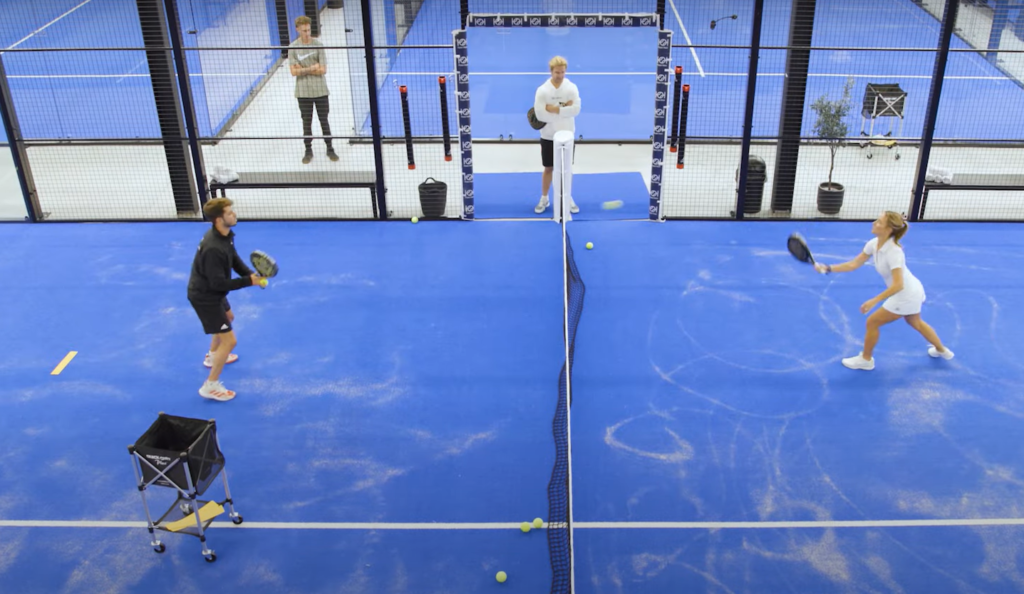
Pickleball has simple rules and is easy to learn, making it an ideal sport for beginners.
To start the game, one player serves underhand from behind the baseline, aiming to hit the ball into the opposing team’s service court. The serve must be made diagonally and bounce within the bounds of the court. Once the ball is in play, both teams can volley (hit the ball before it bounces) or groundstroke (letting it bounce once) until one team scores a point.
Points are only scored by the serving team, and a game is typically played until one team reaches 11 points, with a lead of at least two points. The first team to win two out of three games wins the match.
Pickleball offers numerous physical and mental benefits for players. It improves hand-eye coordination, balance, and agility due to the quick movements required on the court. It also provides a good cardiovascular workout and can help improve muscle strength and endurance.
In addition to the physical benefits, pickleball is a social sport that fosters friendships and creates a sense of community among players. It can be played by people of all ages and skill levels, making it an inclusive sport for everyone to enjoy.
In recent years, pickleball has gained even more popularity with the establishment of professional tournaments and leagues, providing opportunities for competitive play. It is also a popular activity in retirement communities, where it offers a fun and low-impact form of exercise.
Overall, pickleball is a fun and versatile sport that can be enjoyed by people of all ages and skill levels. Whether you’re looking for a new way to stay active or wanting to compete at a higher level, pickleball has something to offer for everyone.
What is paddleball?
Paddleball is a racquet sport that combines elements of tennis, badminton and table tennis. It is played on a court with two players or teams of two, using solid paddles to hit a small rubber ball back and forth over a net.
The origins of paddleball can be traced back to the early 20th century in New York City, where it was first played on the beaches of Coney Island. It gained popularity in the 1970s and has since spread to other countries, becoming a popular recreational activity and competitive sport.
Paddleball is known for its fast-paced gameplay and requires a combination of speed, agility, hand-eye coordination and strategy. The court size and rules may vary slightly depending on the location, but the basic concept remains the same.
Players use a paddle made of wood or composite materials to hit the ball, which can be either hollow or solid. The objective is to hit the ball over the net and past your opponent without them being able to return it. This earns you a point and play continues until one player reaches a predetermined number of points, typically 11 or 21.
Paddleball can be played both indoors and outdoors, with different surfaces such as concrete, asphalt or synthetic materials. Some variations of the sport include doubles paddleball, where teams of two compete against each other, and wall paddleball, which is played on a smaller court with walls instead of a net.
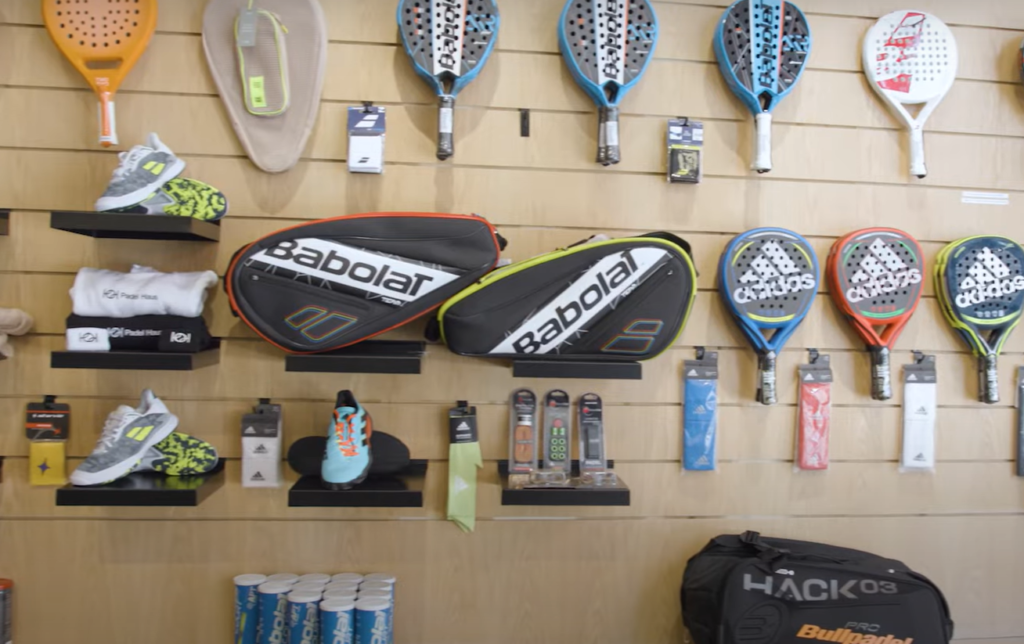
Apart from being a fun and challenging physical activity, paddleball also offers numerous health benefits. It improves cardiovascular fitness, hand-eye coordination, and reflexes while also providing a full-body workout.
Whether you are looking for a new hobby or want to improve your skills in a competitive sport, paddleball is an exciting option to consider. With its easy-to-learn rules and minimal equipment requirements, it is a sport that can be enjoyed by people of all ages and skill levels [1].
How Are Paddleball and Pickleball Different?
Despite some similarities, paddleball and pickleball also have notable differences that set them apart as unique sports. Here are a few key differences between the two.
Court Dimensions and Layout
Paddleball is played on a rectangular court that measures 20 feet wide and 50 feet long. The net is placed at the center of the court, dividing it into two equal halves. On the other hand, pickleball uses a smaller court measuring 20 feet wide and 44 feet long, with a lower net that sits only 34 inches high at the center.
The layout of the court also differs between pickleball and paddle tennis. In pickleball, there is a designated non-volley zone, also known as the “kitchen,” located close to the net. Players are not allowed to hit the ball within this zone. On the other hand, paddle tennis features a “backcourt” area situated behind the baseline where players have the opportunity to hit the ball before it bounces. These unique court configurations add an extra layer of strategy and gameplay dynamics to each sport.
Rackets and Balls
While both sports involve the use of paddles, they vary in terms of size and weight. Paddleball paddles are typically heavier and longer than pickleball paddles, measuring about 18 to 20 inches in length. Pickleball paddles, on the other hand, are smaller and lighter, measuring around 15 inches.
In addition to the different rules and court sizes, another distinction between paddleball and pickleball lies in the type of ball used. Paddleball employs a small, solid rubber ball that is slightly heavier than a pickleball. On the other hand, pickleballs are specifically designed with plastic material and have strategically placed holes throughout, resulting in a lighter and more responsive bounce. These variations in ball composition contribute to the unique dynamics and playing experience of each sport.
Scoring System
In paddleball, players can only score points when serving. This means that the serving team has the opportunity to earn points, while the receiving team can only gain the serve. On the other hand, in pickleball, both teams have the chance to score points, regardless of who is serving. This adds an element of excitement and fairness to the game.
Furthermore, paddleball follows a traditional scoring system where a player must win by two points. This means that if the score is tied at 40-40, also known as deuce, the player must win two consecutive points to secure the game. In contrast, pickleball follows a rally-scoring format where points can be won on every serve. This means that every serve is an opportunity to score, making the game more fast-paced and intense.
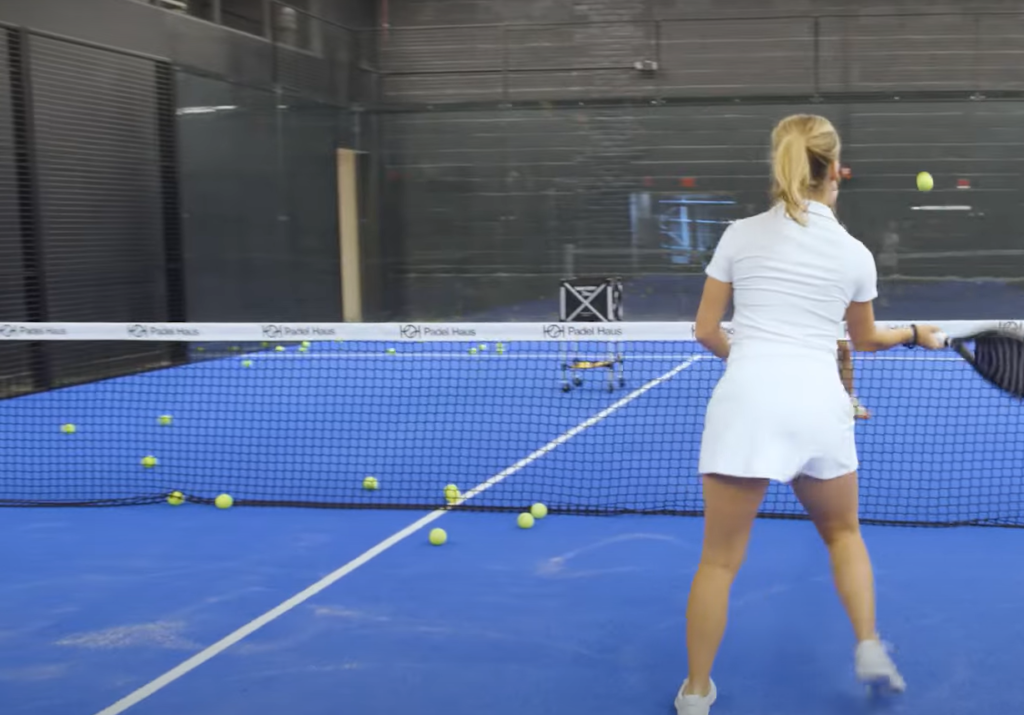
When it comes to paddle tennis, the scoring system is different yet again. Players start with 15 points and then progress to 30, 40, and finally victory. This gradual progression adds suspense and strategy to the game. On the other hand, in pickleball, each game is played to 11 points. This fixed point system creates a sense of urgency and keeps the game dynamic and engaging [2].
The Differences Between the Courts for Pickleball, Paddle Tennis, and Padel and Their Sizes
When it comes to racket sports, there are a variety of options available for players to choose from. Three popular choices are pickleball, paddle tennis, and padel. These sports have many similarities, but also some key differences that set them apart from each other.
One major difference among these three courts is their sizes. Pickleball courts measure at 20 feet by 44 feet, while paddle tennis courts are slightly smaller at 20 feet by 50 feet. Padel courts, on the other hand, vary in size depending on if they are indoors or outdoors. Indoor padel courts measure at 66 feet by 33 feet, while outdoor courts can range from 82 feet by 40 feet to 98 feet by 49 feet.
While the sizes of these courts may seem like minor differences, they can actually have a significant impact on game play. For example, the smaller size of pickleball and paddle tennis courts means that players have less ground to cover compared to padel courts. This can lead to faster paced games with more intense rallies.
Another important difference is in the materials used for the court surface. Pickleball and paddle tennis courts are typically made of concrete or asphalt, while padel courts can be made of different surfaces such as artificial grass or carpet. This can also affect game play, as certain surfaces may offer more or less traction and bounce for players.
In terms of rules and scoring, pickleball and paddle tennis have more similarities with each other compared to padel. Both pickleball and paddle tennis have a similar scoring system where points can only be won on the serving team’s serve, whereas padel allows for points to be won by either team regardless of who is serving.
Overall, while these three racket sports share some similarities in terms of court size and gameplay, it’s important for players to understand their differences in order to excel in each sport. Whether you prefer the smaller, faster pace of pickleball or paddle tennis, or the larger court and unique surfaces of padel, there’s a racket sport for everyone to enjoy.
What Type of Equipment Do You Need for Pickleball, Paddle Tennis, and Padel?
When it comes to playing pickleball, paddle tennis, and padel, there are a few key pieces of equipment that you will need. These sports may seem similar on the surface, but they each have their own unique set of requirements in terms of gear.
Pickleball Equipment
The most essential piece of equipment for pickleball is the paddle. Pickleball paddles are typically made of wood, fiberglass, or graphite and have a flat surface with small holes. The size of the paddle can vary, but most are around 15 inches in length and 8 inches wide. Pickleball paddles also come in different weights and grip sizes to accommodate individual player preferences.
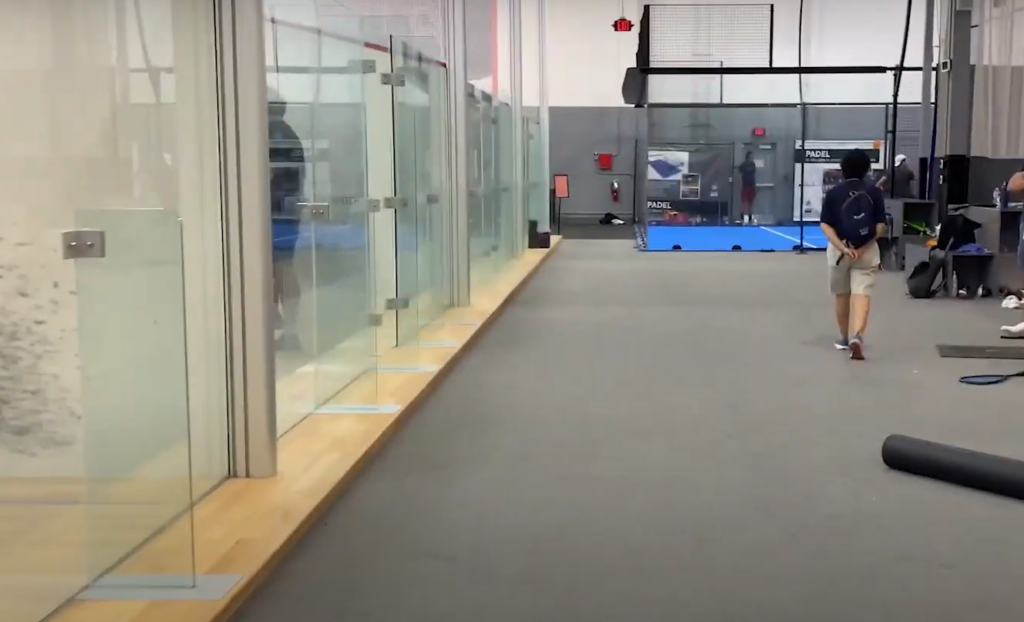
Aside from a paddle, you will also need a pickleball ball, which is similar to a wiffle ball but slightly smaller. These balls are lightweight and have holes all over them, allowing for slower and more controlled gameplay. As with most racket sports, proper footwear is important for playing pickleball. Look for shoes with good traction and support to help you move quickly and efficiently on the court.
Paddle Tennis Equipment
Similar to pickleball, paddle tennis requires a paddle and ball. However, the paddle used in this sport has a shorter handle and a smaller surface area than those used in pickleball.
Aside from these two main pieces of equipment, players may also choose to wear wristbands or sweatbands to help absorb sweat and keep hands dry during intense gameplay.Padel Equipment
The main difference between padel and the other two sports is the use of a specific type of court. Padel courts are enclosed with glass walls, making it similar to playing tennis in a racquetball court.
When it comes to equipment, padel players use paddles similar to pickleball and paddle tennis, but with a slightly longer handle and larger surface area.
Aside from these key pieces of equipment, players may also choose to wear protective eyewear due to the enclosed court and potential for fast-moving balls.FAQ
Is there a difference between pickleball and paddle ball?
Yes, there is indeed a difference between pickleball and paddle ball. While both sports involve hitting a ball with a paddle, they each have their unique characteristics and origins.
Pickleball, a relatively new sport, combines elements of tennis, badminton, and ping pong. It is played on a smaller court with a perforated plastic ball. Paddle ball, on the other hand, has been around for decades and is played with a solid rubber ball on a larger court.
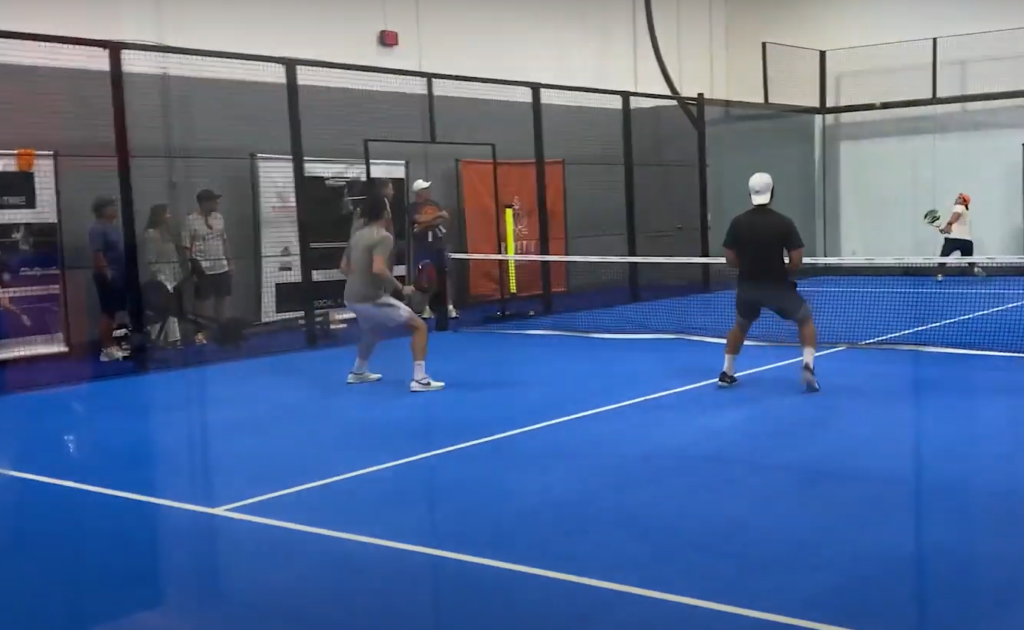
The rules and equipment used in these sports also vary. Pickleball has specific rules regarding the serving, scoring, and non-volley zone, while paddle ball follows its own set of rules. Additionally, the paddles used in each sport have different designs and materials.
What is pickleball?
Pickleball is a racquet sport that combines elements of tennis, badminton, and table tennis. It is played on a court divided into sections by a net. The aim of the game is to hit a plastic ball over the net and into your opponent’s court in such a way that they are unable to return it. Pickleball can be played as singles or doubles.
How did pickleball get its name?
Pickleball was invented in 1965 on Bainbridge Island, Washington by three friends – Joel Pritchard, William Bell, and Barney McCallum. They named the game after Joel Pritchard’s dog, Pickles, who would often chase after the ball during their matches.
However, there is a debate about how exactly the name came to be. Some believe it was because of the “pickled” sound the ball made when hit with a paddle, while others say it was named after Pickles the dog. Regardless, the name stuck and pickleball has grown in popularity ever since.
Is pickleball and paddle the same game?
Pickleball and paddle ball may seem similar at first glance, as both involve using a paddle to hit a ball. However, these sports have distinct origins, rules, and equipment that set them apart.
Pickleball originated in the mid-1960s and was created as a family-friendly game to be played in backyards. It quickly gained popularity due to its easy-to-learn nature and appeal to a wide range of ages and skill levels. The sport is played on a court that is roughly a quarter of the size of a tennis court and utilizes a unique perforated plastic ball.
On the other hand, paddle ball has a longer history and can be traced back to ancient civilizations such as the Aztecs. It has evolved over time and is now played competitively in various forms, including beach paddle ball, platform tennis, and paddleball. Paddle ball is played on a smaller court compared to pickleball, and it typically uses a rubber ball that is solid and bouncy.
How many people can play pickleball at once?
Pickleball can be played as singles or doubles, so the number of players can vary. In singles, two individuals play against each other, while in doubles, two teams of two compete against each other.
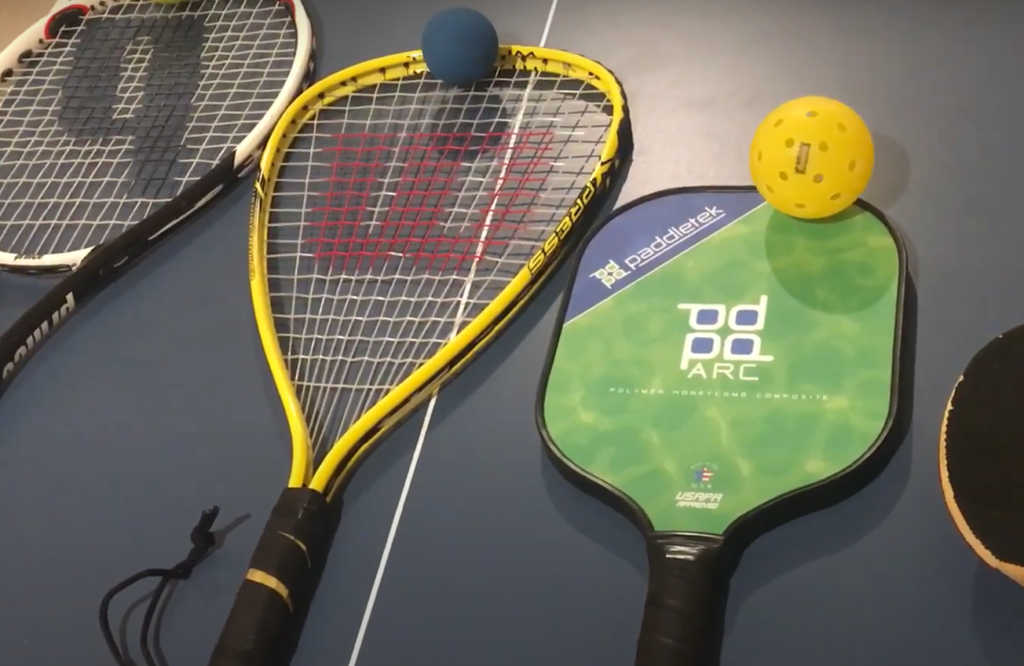
Traditionally, pickleball is played with four players on the court at once, but it can also be adapted for larger groups by rotating players in and out or setting up multiple courts. Pickleball is a fun and social sport, making it a great activity for parties, events, and gatherings.
Is pickleball a good workout?
Yes, pickleball can be an excellent form of exercise as it involves constant movement, quick reflexes, and hand-eye coordination. Pickleball is also known to improve cardiovascular health, increase muscle strength and endurance, and enhance overall balance and agility.
Additionally, pickleball is a low-impact sport that puts less strain on joints and muscles compared to high-impact activities such as running or tennis. This makes it a suitable option for people of all ages and fitness levels, including those recovering from injuries or looking for a lower-intensity workout. Overall, pickleball can provide a fun and challenging physical activity for individuals looking to stay active and healthy.
Can paddle tennis be played indoors?
Yes, paddle tennis can be played both indoors and outdoors. The sport is popular in areas with colder climates where outdoor play may not be possible year-round. Indoor paddle tennis courts typically have a hard surface and are commonly found in gyms or recreational centers. This allows for year-round play and makes it possible for players to continue their favorite sport regardless of the weather conditions outside.
What are the benefits of playing paddle tennis?
Playing paddle tennis has numerous benefits for both physical and mental health. The sport requires quick movements, hand-eye coordination, and strategic thinking, making it a great way to improve cardiovascular fitness, reflexes, and cognitive skills.
Paddle tennis also offers a full-body workout as the constant movement and swinging of the paddle engages various muscle groups, including arms, legs, core, and shoulders. It can also be a social activity, promoting teamwork and friendly competition among players. Additionally, playing paddle tennis can be a stress-relieving and enjoyable hobby for individuals looking for a fun way to stay active and healthy. Overall, the benefits of playing paddle tennis go beyond just physical fitness.
How do pickleball and paddle tennis compare?
Pickleball and paddle tennis may have some similarities, but they also have significant differences that set them apart. Here are a few key comparisons between the two sports:
- Court size: Pickleball is played on a smaller court compared to paddle tennis.
- Ball type: Pickleball uses a perforated plastic ball, while paddle tennis uses a solid rubber ball.
- Scoring: Pickleball follows a unique scoring system, while paddle tennis follows the traditional tennis scoring system.
- Number of players: Pickleball can be played with 2 or 4 players, while paddle tennis typically requires 2 players per team.
Ultimately, both pickleball and paddle tennis offer enjoyable ways to stay active and social while also providing various physical and mental health benefits. Whether you prefer the fast-paced nature of pickleball or the strategic gameplay of paddle tennis, both sports are great options for individuals looking for a fun and challenging activity.
Useful Video: What’s the Difference Between Padel + Pickleball? | What the Wellness | Well+Good
Conclusion Paragraph
So, these two great sports – paddle tennis and pickleball – are both fun and exciting games to play. They have their similarities and differences, but ultimately, they provide great opportunities for exercise, competition, and socializing. Whether you prefer the fast-paced action of pickleball or the strategy and technique involved in paddle tennis, both sports offer a fantastic way to stay active and engage with others. In conclusion, it’s up to personal preference which game you choose to play. Both paddle tennis and pickleball have their own unique qualities that can appeal to different individuals. Don’t be afraid to try them both out and see which one suits your interests and abilities best.
References:
- https://www.pickleheads.com/guides/paddleball-vs-pickleball
- https://www.tenniscourtsupply.com/5-major-differences-pickleball-paddle-tennis.html



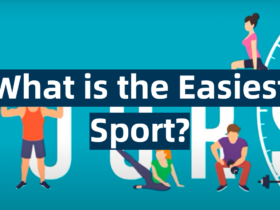

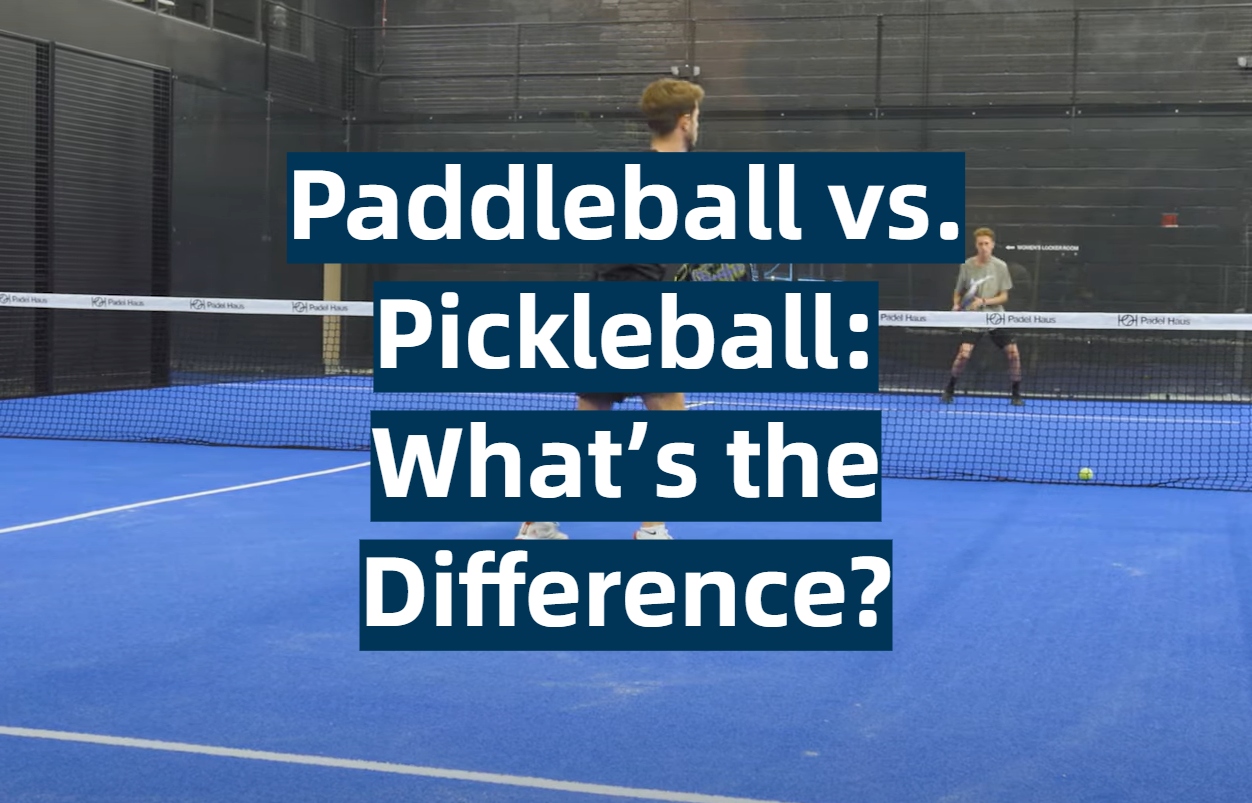
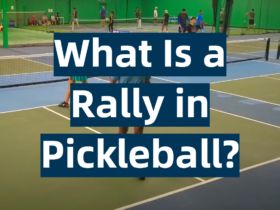
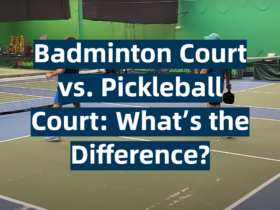
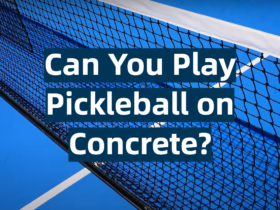
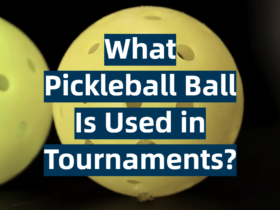
Leave a Review